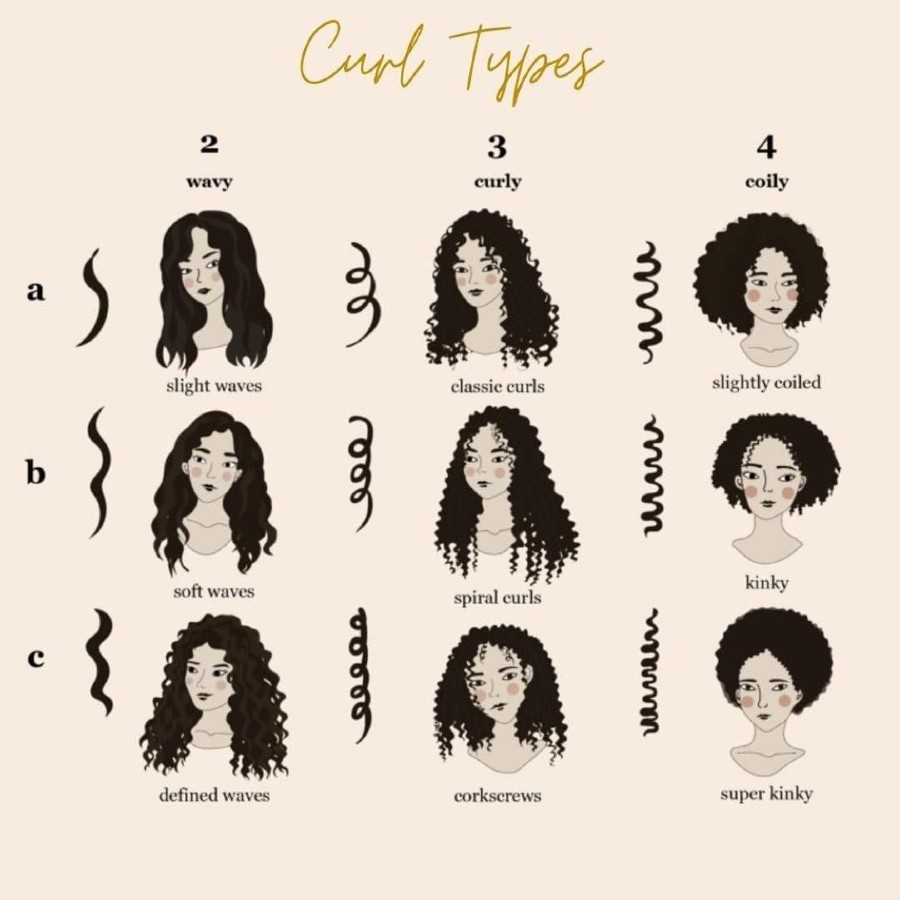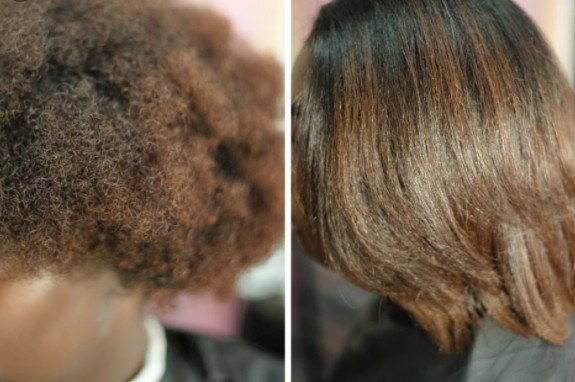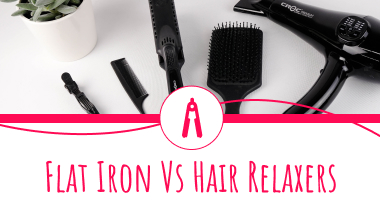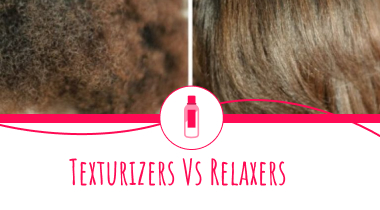Types of Hair Relaxers – All You Need to Know
The texture of black hair is quite different to that of white hair and relaxers available in the market currently are mainly targeted towards black hair. Black hair is thick and weak and it is made of a large number of disulfide bonds that hold the protein in the hair.
The human scalp naturally produces sebum that goes travels through the hair and makes the hair well moisturized. For people with curly hair, it is nearly impossible to achieve this as the curls don’t let the natural sebum from the scalp get to the hair. This causes the hair to be dry and brittle and makes the scalp oily.
Before you decide on using a chemical hair relaxer it is important to educate yourselves on the benefits and risks associated with relaxing your hair. Curly hair can be a disguise and a blessing depending on how you look at it.
For most people, it is a pain and considered high maintenance not just because you need to invest in high-quality products but also invest a huge amount of time when compared to straight hair to maintain it.
People with curly hair can either style it curly or straight depending on the mood. If straightening it with a flat iron is not something you adore, and if you want a straighter look for a longer period of time then you can use a relaxer.
It is important to note that in order to achieve a straight look that is decent enough for easy styling you need a chemical hair relaxer. The so-called natural relaxer like vinegar-based ones is simply not capable of relaxing the curls but can be used for taming the curls if needed.
Identify the curl type
Before you decide to use a relaxer on your hair you need to identify the curl type that is applicable for your hair. If you do embrace your curls and your problem is only managing them, then you can probably achieve it by using the right products for your hair.
For most people with hair types less than 3b some hair relaxing products might be too strong and you might be better off using a flat iron than a relaxer. While using flat iron it is important that you use a heat protection product in order to prevent any damage to your hair. Based on your curl type you need to choose the type of relaxer that is more suitable for your hair.
How do hair relaxers work?
Relaxers work by breaking the disulfide bonds and capping them preventing them from reverting back to normal. This is achieved by the high level of pH present in the relaxers.
Japanese Thermal Relaxers
These relaxers are thio based and may not be suitable for some people with African American hair texture. In my experience, this works for curls up to 3c but beyond that, you might not be able to get the results you desire. Thermal reconditioning is quite a lengthy process in itself and might take up to 6 hrs depending on the length of your hair. The process costs around $400 and quite expensive to start with for many people.
If you are planning to do thermal reconditioning it is better to get it done at the salon as it is quite exhaustive to do it yourself. There are some at-home kits available with step by step instructions if you are planning to do it yourself.
As thio relaxers don’t mingle with other types of relaxers if you have had your hair relaxed or dyed previously make sure your hair is able to cope by doing a strand test. Below are some relaxer kits if you want to save some money and do it at home:
As with any relaxers always do a strand test before the relaxing process to determine whether your hair is able to withstand the chemical in the relaxers.
Relaxers for black hair
The traditional relaxers that are designed for black hair are categorically divided lye and no lye. Lye relaxers are also known as base and are made up of Sodium Hydroxide. It is the same ingredient used to unclog blocked drains.
This would give you an idea about how strong the chemical is. But, it nevertheless helps you achieve what you want if done properly. These relaxers are a lot cheaper than the thermal reconditioning treatment but can be more damaging to the hair if not done properly.
Lye Relaxers
As mentioned above, Lye relaxers are made up of Sodium Hydroxide. In my opinion, Sodium Hydroxide relaxers should always be reserved for professional use as if not done properly it can cause severe damage to hair and scalp.
Before applying Lye relaxer protect your scalp with petroleum jelly so that the relaxer doesn’t penetrate the scalp. While applying the relaxer, make sure the relaxer doesn’t come in contact with the scalp.
I usually protect the client’s ears, neck, and forehead as well with Vaseline as there is a chance the relaxer could get in contact with the skin. Lye relaxers if applied properly can leave the hair silky and straight and also the hair will feel moisturized.
After applying the Vaseline in the skin areas, the relaxer is applied. The amount of time a relaxer can be left in the hair depends on the individual’s hair type and your stylist would be able to determine that. You should have a brief idea of how long it should be left based on the stand test.
Any stylist performing a relaxing process should do a strand test in the best interest of the client. If the stylist is not happy or unwilling to do that, my suggestion would be to look for a different stylist.
After the relaxer has been left in the hair for the desired amount of time the relaxer should be washed away with the neutralizer to remove all the chemical residues that have been left in the hair. Condition your hair after the relaxing process and also on a regular basis. You might have to touch up the new growth every 6 to 8 weeks depending on your hair growth rate.
No Lye Relaxers
No Lye relaxers are made up of a wide range of ingredients. This includes but not limited to calcium hydroxide, lithium hydroxide, ammonium hydroxide, guanidine carbonate, etc. Whenever you are planning to apply a relaxer on an already processed (non-virgin hair) make sure your hair can withstand the chemical present in the relaxer you are planning to apply.
As some chemicals are not compatible with each other you should learn about the ingredient present in the relaxer and exercise caution before changing to a relaxer with a different chemical as the primary ingredient. The steps for applying the no lye relaxers are the same as the lye relaxers but some ingredients in the no lye relaxers are known to cause build-ups and you should use a chelating shampoo and moisture it regularly.
Read more:
No Lye relaxer kits are available for home use and you can apply them at home by getting help from someone. Usually back of the head is hard to apply by yourself and that’s where the additional person might come in handy. Following the instructions present in the relaxer kit and don’t forget to do a strand test. Some No-Lye relaxers to consider:
As always, don’t forget the strand test.
Are No Lye Relaxers better?
Some people believe “No Lye “relaxer means no harsh chemicals are present in the relaxer. That’s simply not true. “No Lye” can be as damaging to your hair as a “lye” relaxer.
As a general rule of thumb, lye relaxers are comparatively better for your hair than no lye relaxers but more damaging for your scalp. No Lye relaxers are a bit better for your scalp but your hair needs to be conditioned well enough before and after the relaxer application to prevent any hair breakage.
Table of Contents
ToggleAllyson Carter
Ally is a professional hairstylist with more than 6 years of experience, but hair has been her passion since early childhood. Here, at Hair Spies, she blogs about all things hairdressing, hair tools, and everyday hair care. Read more about Allyson here.








